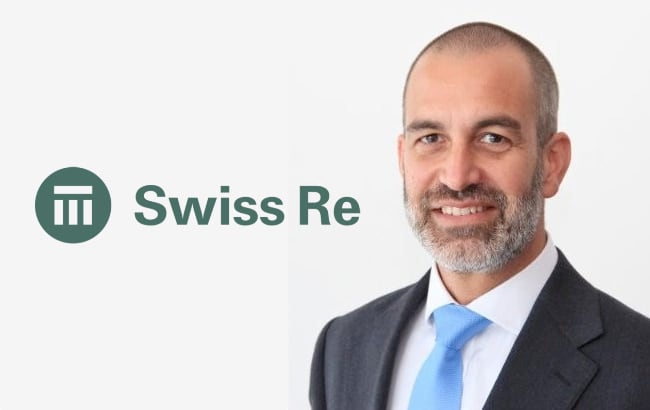Cat bond market has $11.5bn issuance potential in 2023: Monnier, Swiss Re

The catastrophe bond market could see as much as $11.5 billion of new issuance in 2023, but participants are likely to maintain a focus on balancing issuance to available capital, Jean-Louis Monnier, Head Retro & ILS Structuring, Swiss Re Capital Markets told Artemis.
In an interview, Jean-Louis Monnier explained that Swiss Re Capital Markets anticipates a heavy first-half issuance pipeline, with “total 2023 issuance of roughly 11.5bn.”
But he pointed to the need for the cat bond market participants to continue working to balance issuance with the capital available, meaning maturities will also be important.
“We expect growth to be more moderate in the first part of the year with volume of issuance more closely matching the volume of maturities as sponsors adjust the size of their transaction to the available risk taking capacity in the market,” Monnier said.
On the capital side, Monnier expects investor flows could pick up as we move through 2023, with broader macro-economic and capital market conditions a factor.
“Assuming no material cat losses the relative value and real returns in cat bonds should attract new investors into the market,” Monnier said.
He explained that, “Broader market forces, such as the fall in equities and fixed income, have created an overweight ILS allocation among existing investors which led to rebalancing (outflows).”
But added, “The stabilization and recent positive momentum in the equity and fixed income market should provide a more positive environment for an increase in cat bond allocations in 2023.”
Investor confidence is a hot topic in insurance-linked securities (ILS) right now, but Monnier believes that catastrophe bonds can deliver significant benefits to investors this year, which should help to build investors appetite for the asset class.
“Barring any large cat losses, we believe that the current implied yields of cat bonds could generate sustained return in excess of $3bn that should support market performance and growth in issuance,” he said.
Adding that, “Investors should also look positively at the historically high implied multiples across a wide range of perils and regions.”
In general, the mix of issuance is unlikely to change too dramatically going forwards, Monnier believes.
Discussing where ILS market growth could come from in 2023, he said, “Similar to the previous year however we would expect a larger share of issuance to come from regional players in the US looking to complement their traditional reinsurance placement and secure multi-year capacity.
“This is especially true for sponsors that are able to materially increase rates in their regional markets.”
But harder market conditions, in terms of cat bond spreads that have followed reinsurance rates higher, could have a bearing.
Monnier told us that, “It is harder to predict overall, as it seems some sponsors may decide to reduce or delay their plan to come to the ILS market in light of widening rates and more limited capacity.”
While the capital to fund growth, if cedents are keen to sponsor cat bonds, should be available, he believes.
“Assuming no major catastrophe events, the growth in the market will be largely funded by the reinvestment of accrued interest and spread on outstanding bonds, and to a smaller extent to by a return to net capital inflows in 2023,” Monnier explained.
Overall, Monnier of Swiss Re Capital Markets does feel there is the potential for further outright growth of the cat bond market.
“In terms of market size, yes,” he told us. “Especially with more U.S. based insurance companies coming to buy in the market.”
But there is a need for the market to continue giving investors what they want.
As he went on to explain that, “With spreads moving higher, there is a general trend towards lower risk deals and per occurrence over aggregate triggers as investors can seek to achieve their return targets with less volatility.
“A few investors have also expressed a preference for index over indemnity triggers and expect more simplified structures focused on remote layers. Getting back to basic/simplified transactions would lead to further expansion.”
Read all of our interviews with ILS market and reinsurance sector professionals here.






